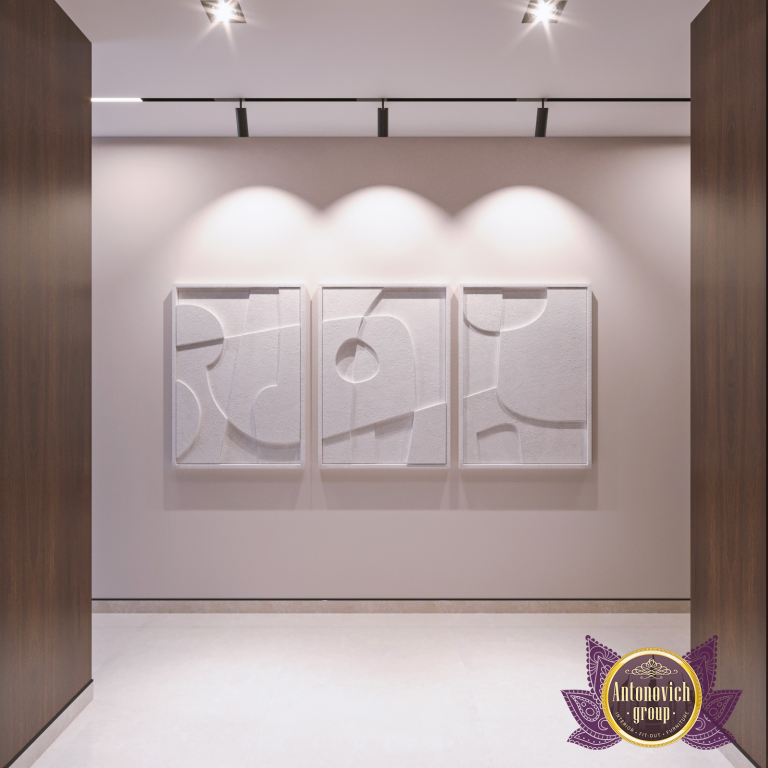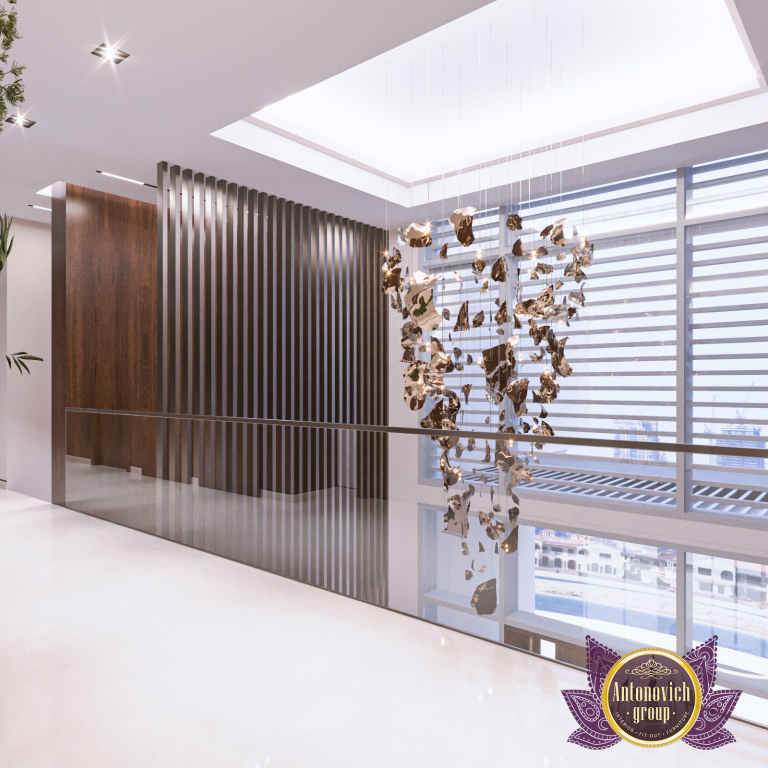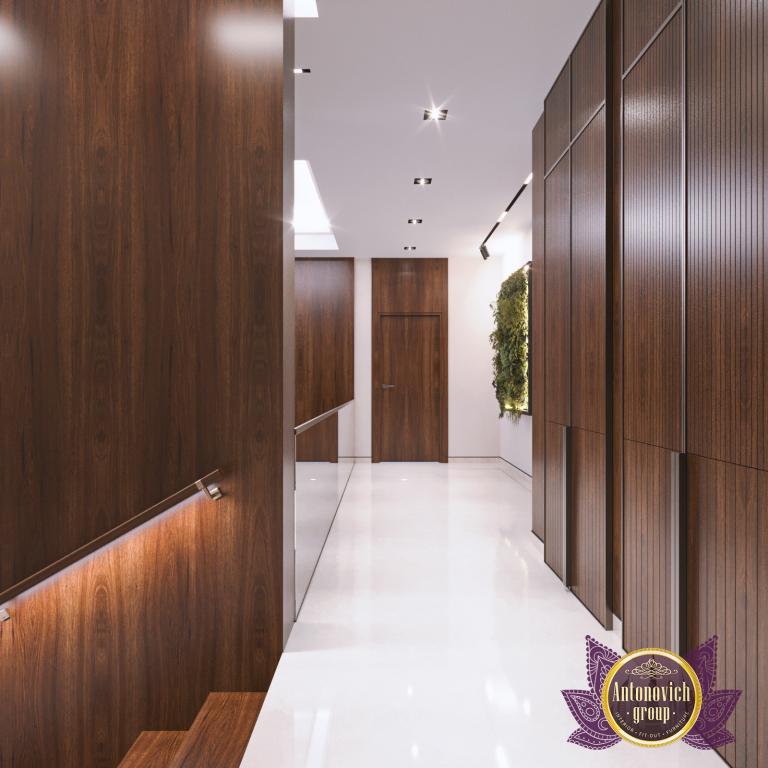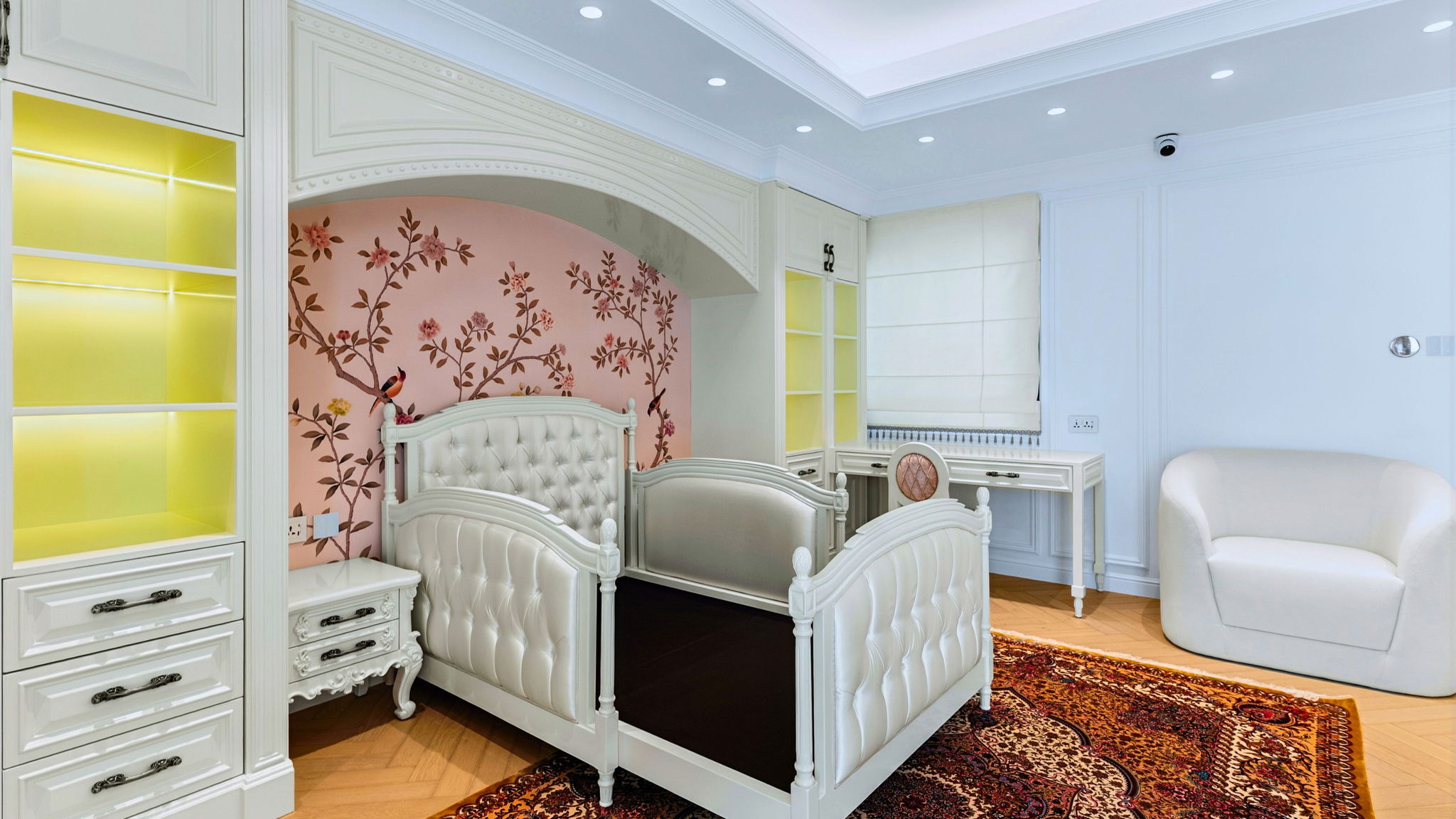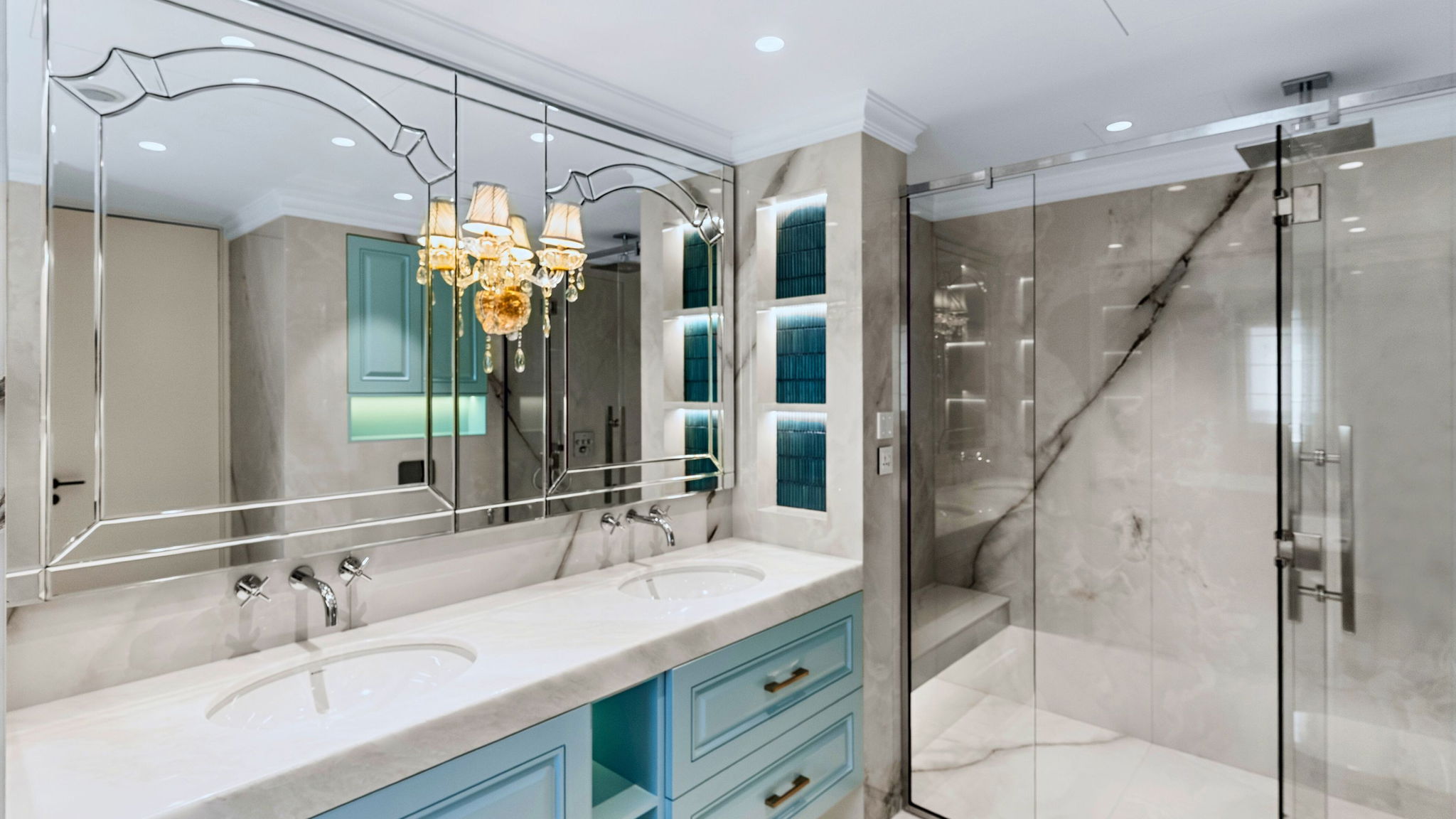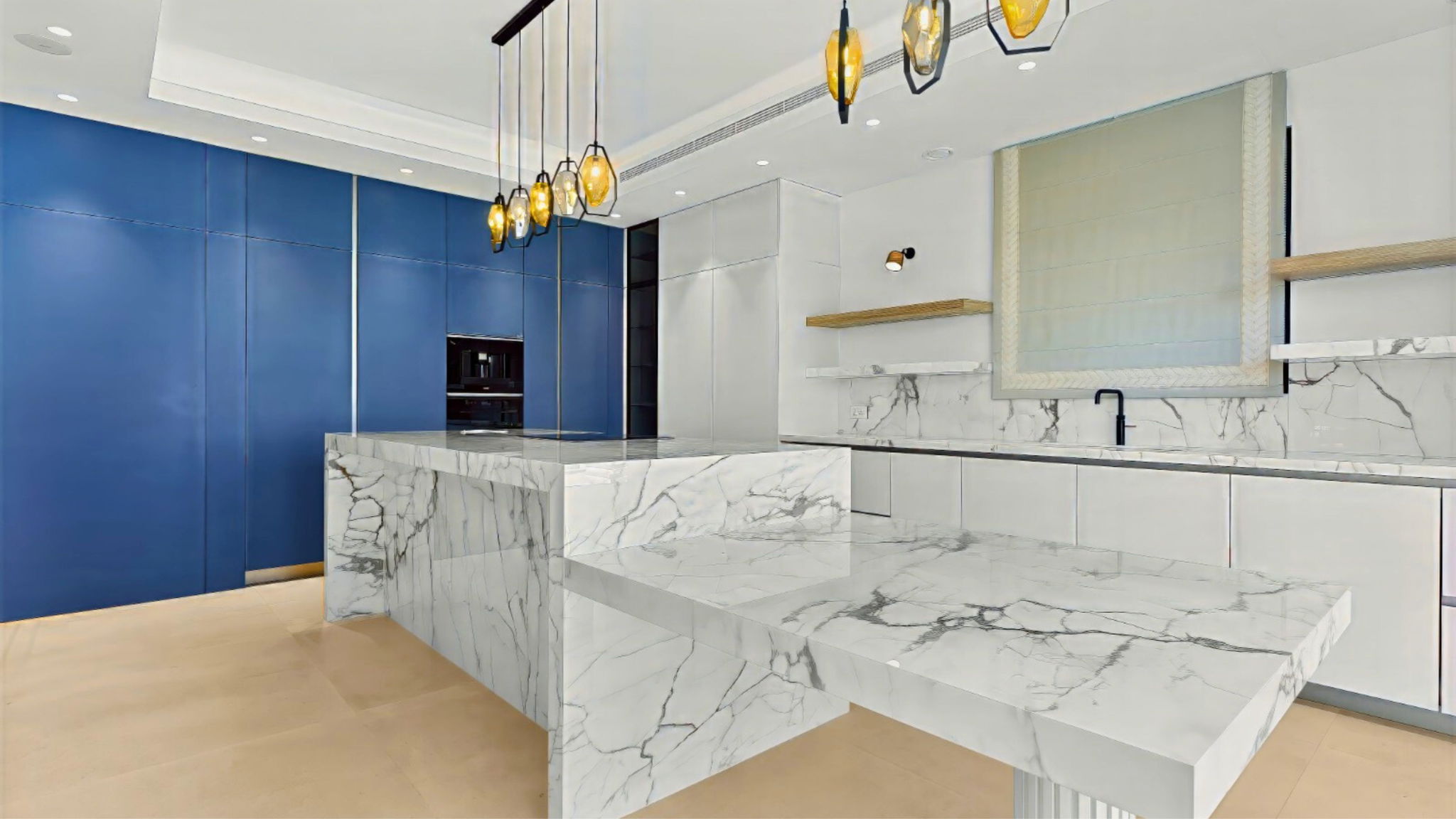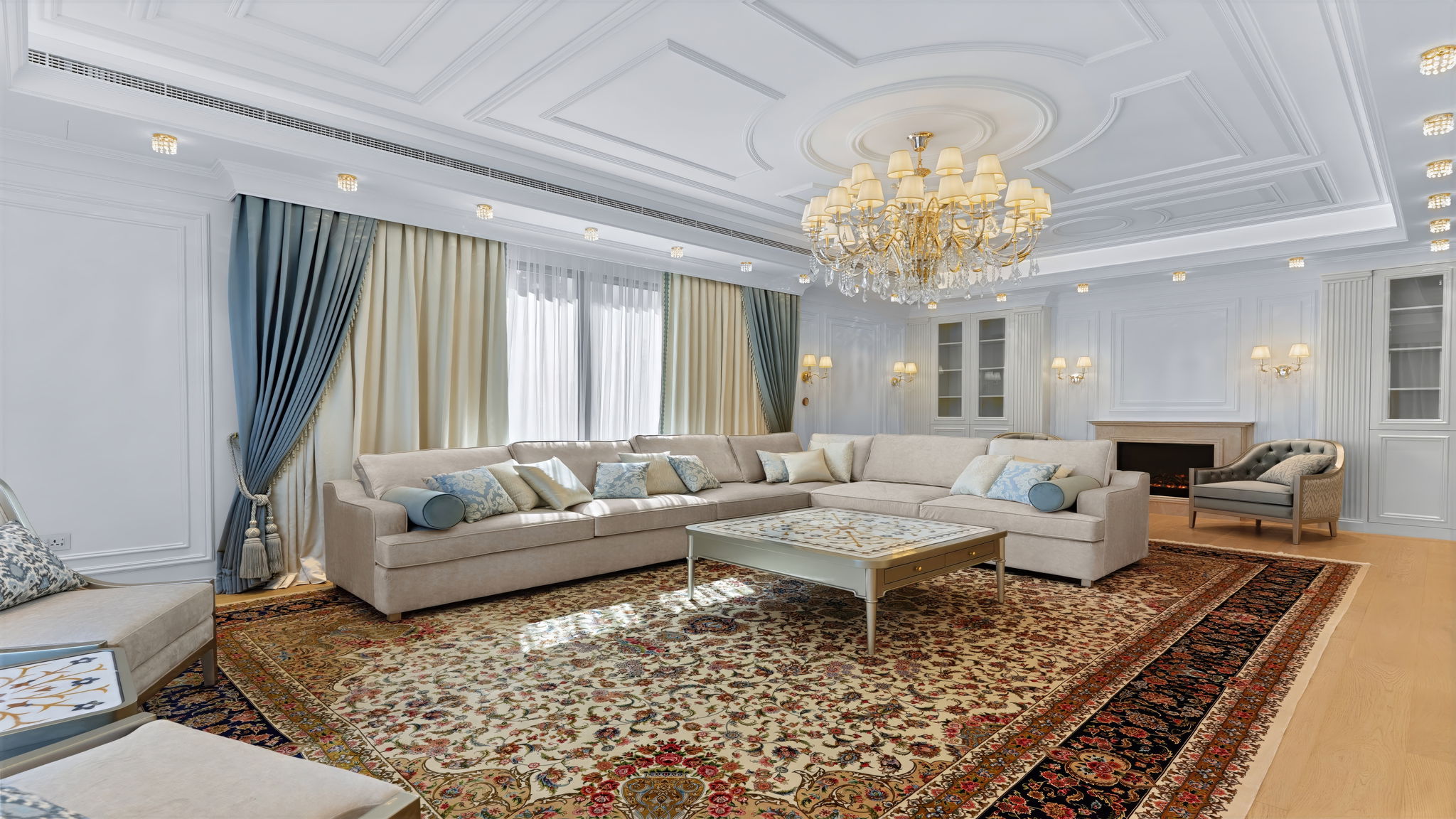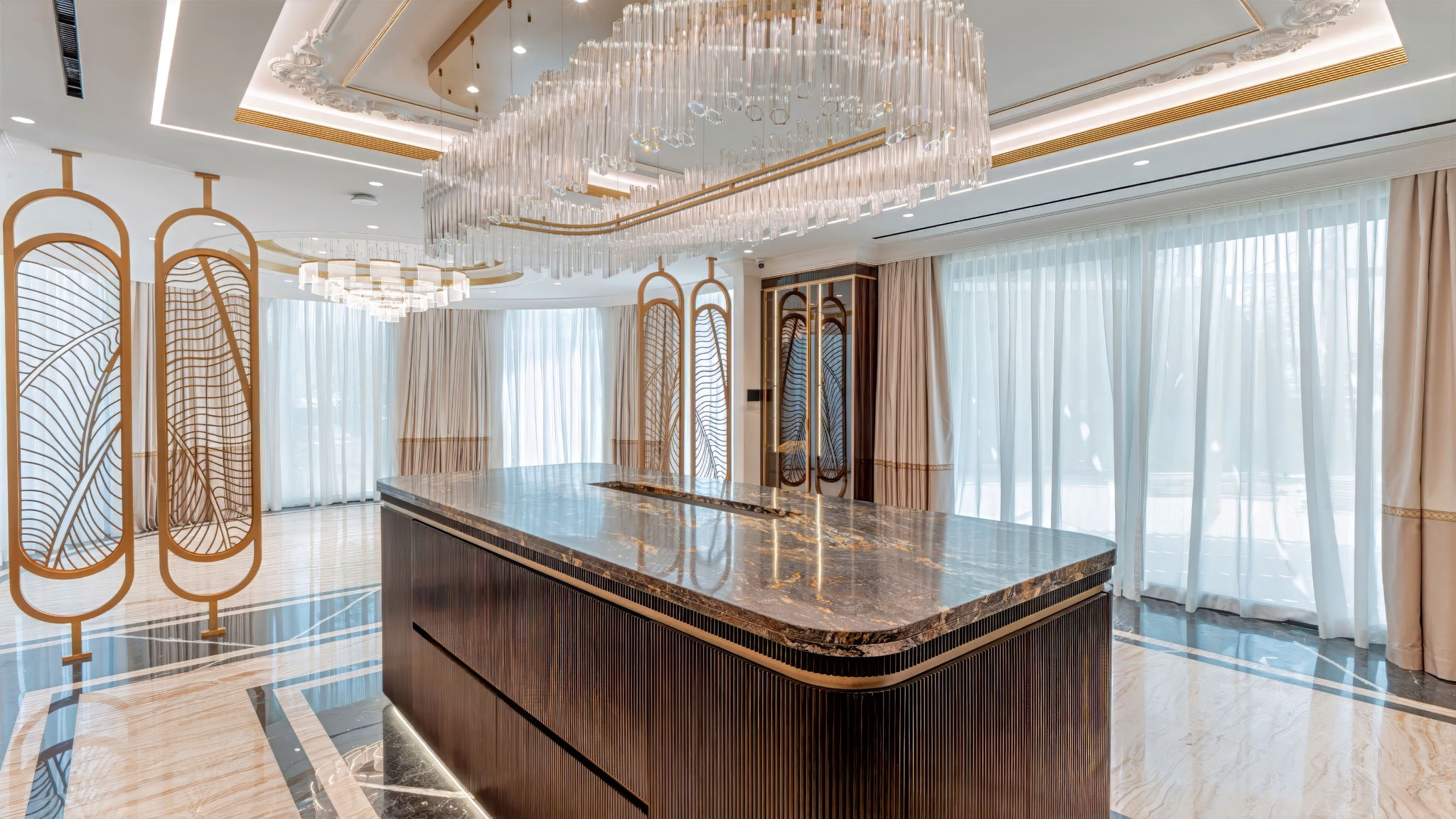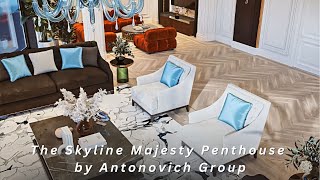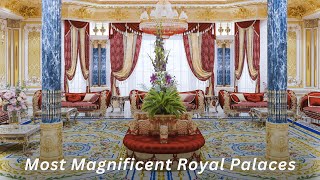BEST HALLWAY interior design TIPS
The hallway is the first space that greets anyone who walks through the front door of a home, much like a hotel foyer; consider classic hotel exterior for entrance inspiration. It is a transitional space that leads to other parts of the house, such as the living room, bedrooms, or kitchen. The hallway interior design is also a functional space that serves as a storage area and a passage for people and items. In this article, we will explore the usual things in a home hallway. The first thing that comes to mind when thinking about the hallway is the flooring. The hallway flooring needs to be durable and easy to clean since it is a high-traffic area. Common materials for hallway flooring include hardwood, tiles, vinyl, or carpet. The flooring can also set the tone for the rest of the house's design, with homeowners often opting for patterns or colors that complement the home's decor; see California house design images for pattern examples and Dubai-inspired bathroom ideas for coordinating finishes. Another common feature of the hallway is the lighting. Adequate lighting is essential for a hallway since it is often a dark area of the house. Homeowners can use a combination of natural light and artificial light to illuminate their hallway in Dubai. Some options include overhead lights, wall sconces, or table lamps. Installing a mirror in the hallway interiors can also help reflect light and brighten up the space. For professional lighting approaches, consider beauty salon lighting ideas.
Most hallways have some form of storage. A coat closet is a common feature, and it is usually located near the front door. Coat closets are designed to store jackets, coats, hats, and other outdoor clothing. Some homeowners also use the closet to store cleaning supplies or vacuum cleaners. Another storage option is a hallway table or console; many homeowners use custom pieces from luxury furniture production to fit tight spaces. A hallway can also serve as a gallery for artwork or family photos. Hanging photos or artwork on the walls of the hallway can add a personal touch to the space. Homeowners can also use shelves or ledges to display pictures or artwork; for curated display ideas see amazing majlis interiors. Many homeowners choose to decorate their hallways with rugs or runners. Rugs can add color and texture to the space while also protecting the flooring. Runners are long, narrow rugs that are perfect for hallways. They can be used to add a pop of color or pattern to the space, and they can also help to absorb noise; explore luxurious hall interior ideas for styling tips.
A hallway can also be a functional space for home technology. Many homeowners use the hallway to store or charge their mobile devices. Some hallways have built-in charging stations or docking stations for devices such as smartphones, tablets, or laptops; for wiring and layout ideas see innovative office design. Homeowners can also install smart home technology in the hallway, such as smart thermostats or home security systems. Finally, a hallway can serve as a welcoming space for guests. Homeowners can add a bench or seating area to the hallway to provide a place for guests to sit and remove their shoes — or borrow hospitality cues from traditional Majlis design ideas. A small table or shelf can be used to display fresh flowers or other decorative items. Providing a warm and welcoming environment in the hallway can set the tone for the rest of the home. In summary, the usual things in a home hallway include durable flooring, adequate lighting, storage options, artwork or family photos, rugs or runners, home technology, and welcoming features for guests. A hallway is a functional space that can also be decorated and designed to reflect the homeowner's personal style. By incorporating these elements into the hallway, homeowners can create a space that is both functional and beautiful.



